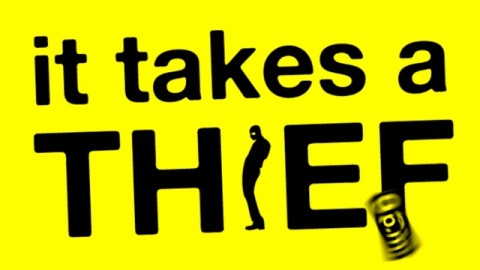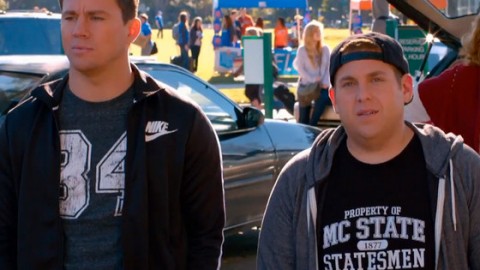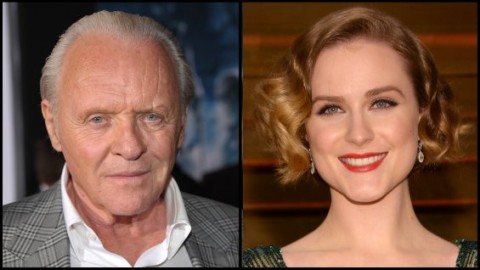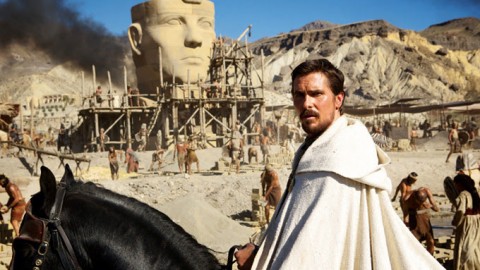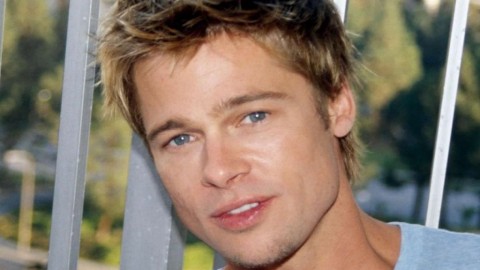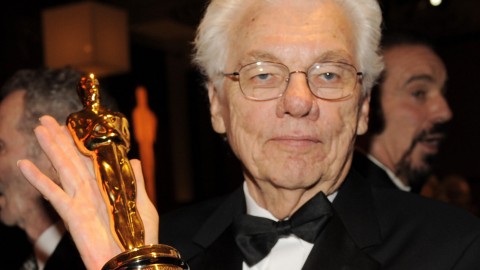Better Call Saul’s strong return with its second season concluded last week, proving once and for all that the show has broken the spin-off “curse” while staying true to its heritage. It is safe to say that Saul has become a worthy successor to the critically acclaimed classic, Breaking Bad. Much like its parent show, Better Call Saul’s second season was filled with several moments that were equally dramatic, exciting, and most importantly, entertaining. Here’s an analysis of Better Call Saul’s second run:
A Compelling Two-Way Narrative
After having followed Breaking Bad’s path during the first season, Vince Gilligan and the writers have changed the formula this time around.
Saul’s second season sees the narrative divide into two routes early on.
Season two picks up at the exact moment where its predecessor had left off and follows Jimmy, one of the lead characters, who quits law practice, has a short mid-life crisis and eventually finds his way back to law, albeit with a change in his sense of morality.
Mike, another lead of the show, got a more personal arc this time, exploring his involvement with the drug traders and got much more focus as a lead.
Both the narratives remaine extremely compelling, directing the characters towards their eventual positions as seen in Breaking Bad, and ended with cliffhangers, leaving the viewers yearning for more.

Michael Mando as Nacho Varga, Raymond Cruz as Tuco Salamanca and Jonathan Banks as Mike Ehrmantraut
An Incredible Supporting Cast
In the same vein as its parent show, Better Call Saul is a prime example of how a great cast can make a show more interesting and entertaining. While the first season was essentially a one-man show of Bob Odenkirk’s, Jonathan Banks got an almost equal time of screen-presence in this season.
Bob Odenkirk has become even more charming as Jimmy McGill/ Saul Goodman, than he had been in Breaking Bad. He handles his character very well and quite effortlessly portrays Jimmy’s charismatic side as well as his personal and moral struggles. Jonathan Banks also continued to be excellent as Mike Ehrmantraut and remained just as bold and daunting while keeping his iconic poker-face.
The two leads do not spend a lot of screen-time together, but share a great chemistry in a few scenes. In fact, the entire cast of Saul exhibits a strong chemistry.
Direction and Presentation
Vince Gilligan’s signature can be felt all over Better Call Saul. The show’s direction and presentation have a considerable impact on making the show an entertaining experience while maintaining its deeply dramatic atmosphere. The show transits from one moment to another, with each appearing to be a build-up for the next one, even if they may not be entirely related.
It is interesting how the writers have managed to end each episode at an abrupt place without it feeling annoying at all.
Gilligan is a man who pays attention to detail and that can be seen in Better Call Saul as well.
Where casual viewers would see a show that takes its time to develop its characters and set deeply, viewers familiar with Vince Gilligan’s work would see the setting of a stage, where big things are going to happen in the future.
It is obvious that Gilligan has been dealing with the stage-setting part in this season. There is a lot of foreshadowing about the eventual fate of these characters as well as what may be coming in the upcoming season of the show.
Arthur Albert’s cinematography is another, which makes the show a much interesting watch. The wide shots of Albequerque’s outskirts are aesthetically pleasing and make the show feel unique. The humor used in the show fits its tone and does not feel out of place.

Bob Odenkirk and Rhea Seehorn
Spin-off With an Identity
While it is not uncommon for popular shows to have spin-offs, it is rare for a great show to have a spin-off that is just as good.
Better Call Saul succeeds on this front as Vince Gilligan and his crew have developed a spin-off that shares the same spirit as its parent, but can stand on its own. It does not rely heavily on its predecessor, but shares the same tone and setting.
But Better Call Saul does not require the viewer to have much knowledge about its forerunner. Rather, to a new viewer, the show will feel like an engaging drama about a clever, struggling lawyer and a former cop, who becomes a mercenary. The references and allusions to its precursor and the appearance of familiar characters do not feel forced, but go along with the flow of the show and are small rewards to the fans of Breaking Bad.
Better Call Saul continues to build up its characters and plot in its second season while hinting at bigger things to come in the future. If the show manages to keep up this quality in the upcoming future, it is sure that it will be able to give Breaking Bad a run for its money. Free from the constraints of its predecessor yet remaining spiritually true to its source, season two of Better Call Saul proved to be a great watch for new viewers and old fans alike.
Tags: Better Call Saul Breaking Bad Hollywood Vince Gilligan

